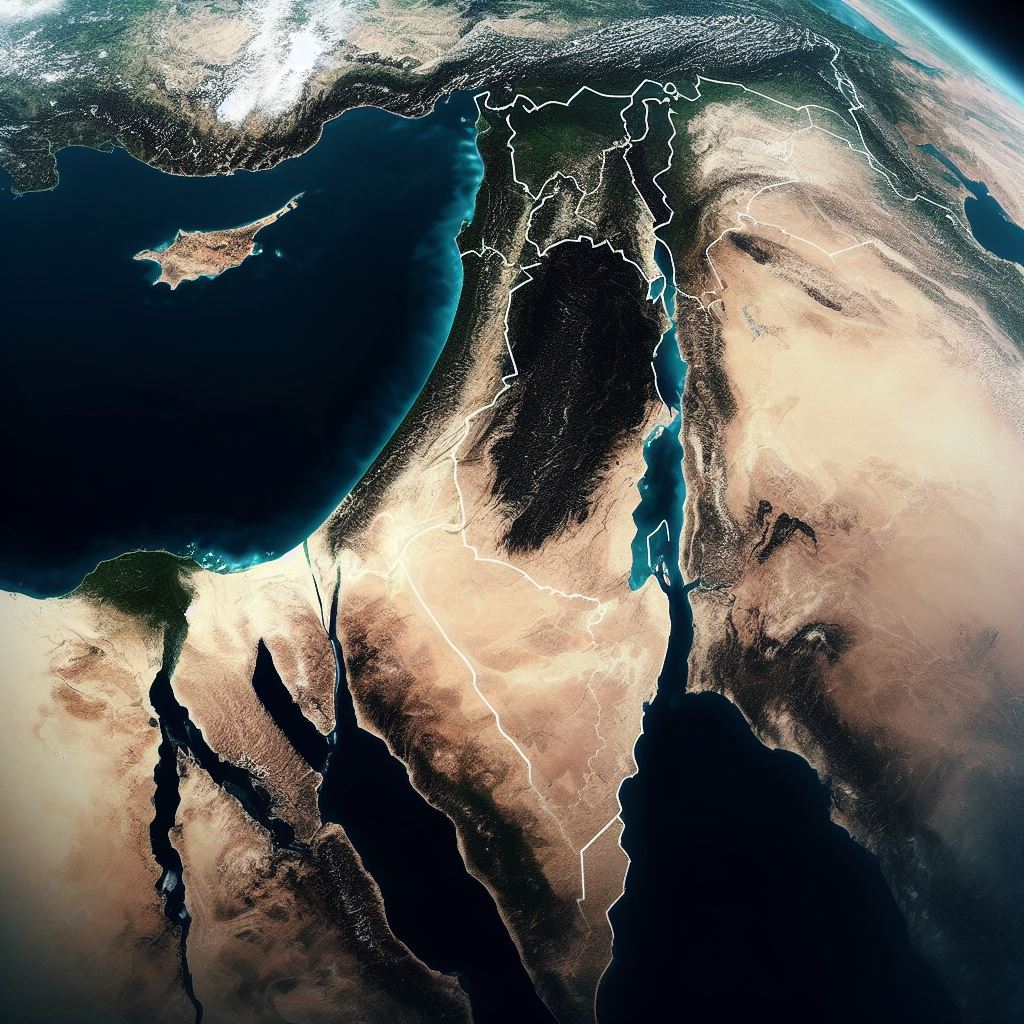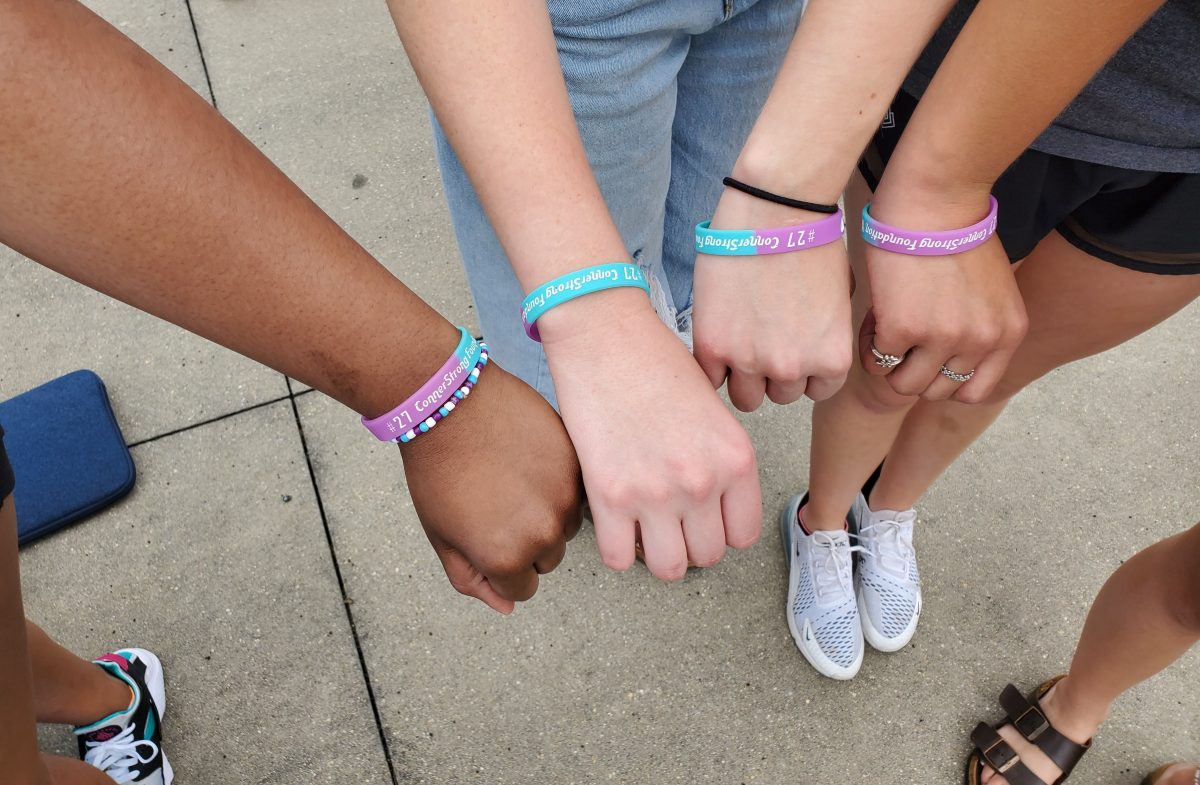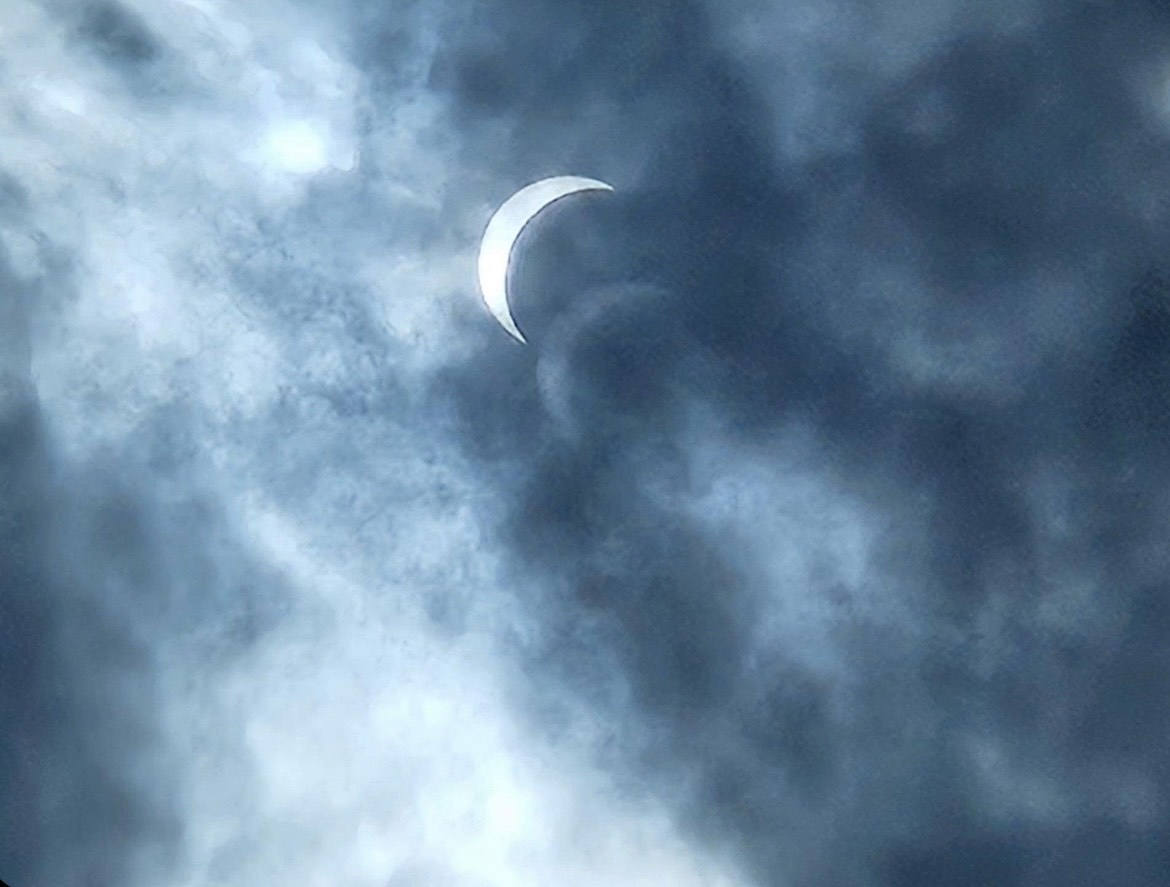The Israel and Palestine conflict is a long-standing and deeply complex issue that has gripped the Middle East for decades. The historical tensions between Israelis and Palestinians predate the establishment of Israel, and have resulted in a tragic loss of life and countless injuries over the course of decades.
Now, the situation has reached a particularly grim level of violence. The number of Palestinians, including both militants and civilians, who have lost their lives in the occupied West Bank due to attacks by Israeli forces is at its highest point in nearly two decades. Yet this also holds true for Israelis and foreigners, predominantly civilians, who have been killed during Palestinian attacks, especially those by members of Hamas and Islamic Jihad, which are recognized as terrorist groups.
But on Oct. 7, according to CNN, a significant and unprecedented escalation unfolded as Palestinians launched a barrage of thousands of rockets towards Israeli towns. In a shocking turn of events, they also managed to breach the heavily-fortified border fence separating Gaza from Israel, infiltrating deep into Israeli territory.
This is where the Hamas group comes in. The Hamas, or Harakat al-Muqawama al-Islamiya (Islamic Resistance Movement), were labeled as a foreign terrorist group by the U.S. State Department as of October 1997. Hamas is the largest militant group in the Palestine territories, as well as the functional government in Gaza.
After being relatively quiet for years, Hamas evidently greenlit a surprise attack which killed the largest number of Jews in one event since the Holocaust. Once inside Israel’s borders, Hamas gunmen inflicted a devastating toll, resulting in the tragic loss of more than 1,400 Israeli lives. In addition to torturing men, women and children, the Hamas terrorists also took nearly 230 individuals hostage, including dozens of Americans.
These attacks marked a departure from previous confrontations in both their tactics and scale. Notably, Israel had not faced such an incursion by its adversaries within its own territory since the 1948 Arab-Israeli war.
Furthermore, the magnitude of this terror attack was unprecedented in recent memory, particularly concerning the significant loss of civilian lives. Incidents of Israelis being kidnapped by militant groups, including Hamas, have occurred in the past. Yet the scale of this event, involving dozens of hostages, including children and the elderly, was previously unheard of. The repercussions of this escalation continue to reverberate throughout the region, demanding urgent attention and resolution.
As a result of this, Israel has formally declared a state of conflict, launching airstrikes on what it identifies as Hamas and Islamic targets in Gaza. In a stark measure, Israel has also imposed severe restrictions on the supply of essential goods to the population in Gaza, including vital resources like fuel and water. Israel also cut off its electricity, turning off power plants and cutting off the transport of fuel into Gaza.
Although Gaza citizens could still use smaller generators for electricity, that fuel has also been cut off for over a week now. Between Octt. 7 and 12, the densely-populated Gaza Strip witnessed a barrage of 6,000 bombs dropped by Israeli forces.
In response to the escalating crisis, the Israeli Defense Forces (IDF) have issued urgent warnings to civilians in Gaza, urging them to vacate their residential areas immediately for their safety. However, the grim reality is that many inhabitants claim there is no genuinely safe refuge to seek, as all crossings out of Gaza have been abruptly sealed, either by Hamas or Egypt. Egypt especially is being very strict about who they let in, if they let any refugees in, mainly because the Egyptian government is worried about Hamas soldiers sneaking their way into their country and wreaking havoc there.
(Editor’s note: According to multiple news sources, on Nov. 1, Egypt opened one of its gates on the Rafah for Gazan refugees.)
These developments have complicated Israel’s response to securing the release of Israeli hostages held by Hamas. Hamas has alleged that Israeli bombings have resulted in the loss of some of these hostages, a claim that Israel has neither confirmed nor denied.
Consequently, Israel has initiated a comprehensive blockade on Gaza, halting the delivery of critical necessities such as electricity, food, fuel, and water, with the condition that these restrictions will persist until the hostages are released.
Adding to the escalating tension, Israel’s military instructed the 1.1 million residents in northern Gaza to immediately evacuate their homes, hinting at the looming possibility of a ground invasion. These residents were advised to relocate southward, underscoring the gravity of the situation and the growing concern for the safety of those living in the region.
How did this situation come about? The conflict traces back to Israel’s capture of Gaza from Egypt during the 1967 war, followed by a withdrawal of Israeli troops and settlers in 2005. The Gaza Strip, home to approximately 2 million Palestinians, subsequently fell under the control of Hamas terrorists in 2007 after a brief but intense civil war with Fatah, a rival Palestinian faction.
After Hamas gained control of Gaza, Israel and Egypt enforced a stringent blockade on the territory, which remains in place to this day. Additionally, Israel maintains both air and naval blockades on Gaza. These complex historical and geopolitical factors continue to shape the ongoing dynamics of the Israeli-Palestinian conflict.
The horrific events that occurred on Oct. 7 and in the weeks since are only a continuation of the tension and fighting between the Israelis and the Palestinians which stem mainly from religious disagreements. There are multiple different stories for why exactly they began fighting or who is to blame. It really depends on who you ask.
Some people will tell you it started with the Romans, or even a thousand years before that when what is now Israel was the home of the Kingdom of Israel. Other sources say it started because of the late 19th-century Jewish migration to what was the Ottoman Empire. This migration was to escape the pogroms and persecutions in east Europe.
However, a moment that most often comes up was in the year 1948, when the United Nations approved the partition of the land. This decision, under the British mandate, led to the division of Palestine into two separate states—one Jewish and the other Arab. It was intended to provide a safe haven for Jewish survivors of the Holocaust, which tragically claimed the lives of over six million Jews in Nazi Germany. Quickly, however, the establishment of Israel was met with discontent among Palestinians and neighboring Arab nations, and some form of fighting between the two sides has been a constant battle since.
Once again, this fighting has been going on for centuries, and the conflict will most likely continue.
There is virtually no telling if the fighting will fizzle out or greatly escalate. Although this conflict is all the way across the world, it is still very impactful for the United States. We are Israel’s biggest military supporter, and we provide about $3.8 billion in defense funding and support for Israel each year.
As a result, many fear that if this war gets more out of hand, there’s a high possibility that Americans could be drafted to fight in Israel. No matter what side you are on, this is a very serious issue, and something which Americans ignore at their own peril.








